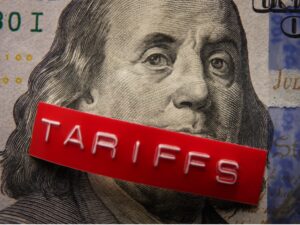Inside the Mind of the Non-Practicing Entity
May 23, 2013
As the U.S. economy has become more patent-intensive, non-practicing entities (NPEs) – business entities that do not practice the patents they assert in litigation – have proliferated. According to a 2012 study by PricewaterhouseCoopers, NPEs account for as many as 35 percent of the patent decisions in the most patent-active district courts. It has been estimated that firms spend billions defending against NPE patent assertions.
NPEs have a variety of business models. They can be described generally, but there is no strict definition for any of them and no list of models is exhaustive.
One NPE business model is a company with a patent portfolio acquired at relatively low cost, perhaps from a non-recognized or non-industry source. This type of NPE tends to seek nuisance settlements early in litigation.
Another kind of NPE is a company with a patent portfolio acquired at moderate cost, perhaps from a fairly well recognized industry source. This type of NPE characteristically asserts patent portfolios against a smaller number of companies across a few industries. It seeks significant settlements, and it is often willing to carry some defendants all the way through trial.
A third kind of NPE has a patent portfolio acquired at a relatively high cost from a well-recognized source in the affected industry. This type of NPE may have been formed by the company that allegedly invented the subject matter of the patent portfolio for the express purpose of asserting the portfolio.
Read full article at:
Daily Updates
Sign up for our free daily newsletter for the latest news and business legal developments.



